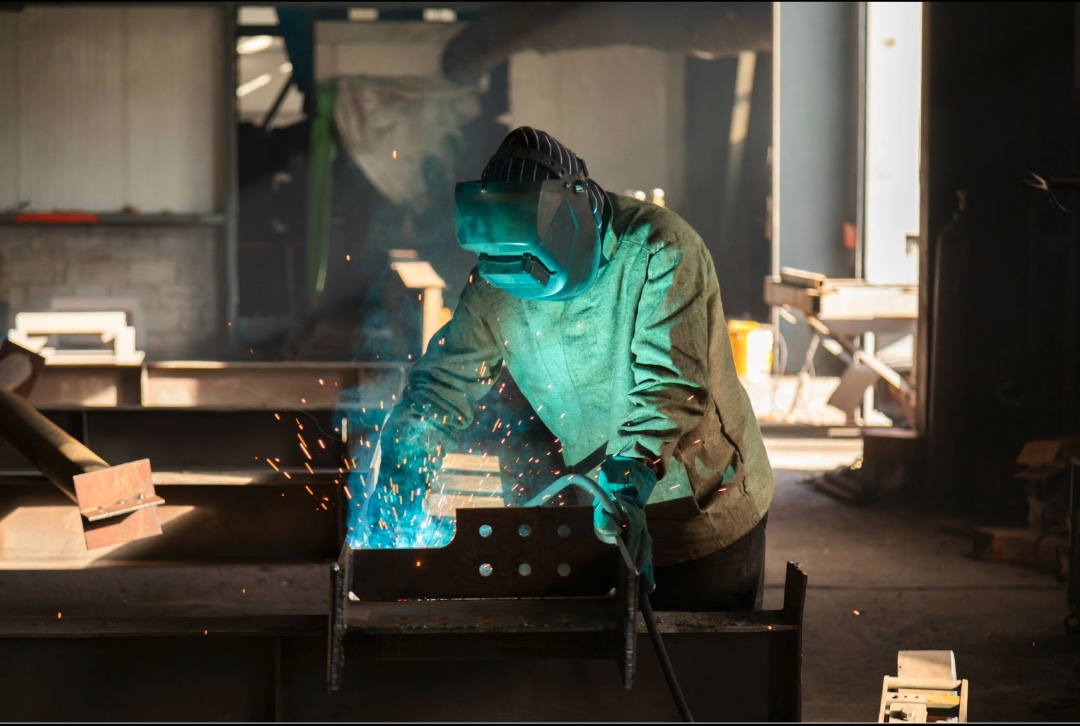
MIG vs TIG Welding – What’s Right for Your Job?
When it comes to welding, one of the most common questions we hear is: MIG vs TIG, which process is right for me? Whether you’re a hobbyist tackling your first project, a professional fabricator, or somewhere in between, understanding the differences between these two welding processes will help you choose the best fit for your needs.
In this detailed guide, we’ll break down:
- Key differences in technique, equipment, and materials
- Weld quality and appearance comparisons
- Cost and speed factors
- Ideal applications for MIG welding and TIG welding
- Pros and cons for beginners vs professionals
- Tips to help you choose the right process
By the end, you’ll know exactly which process fits your project, and be ready to compare our MIG and TIG welders side-by-side to find your perfect match.
Understanding the Basics
What is MIG Welding?
MIG welding (Metal Inert Gas welding), also known as Gas Metal Arc Welding (GMAW), uses a continuously fed wire electrode that melts and fuses into your workpiece. The process uses a shielding gas, typically a mix of argon and CO₂, to protect the weld from contamination.
Why it’s popular:
MIG welding is fast, relatively easy to learn, and works well for both thin and thick materials. It’s a go-to for automotive repairs, fabrication, and general metalwork.
What is TIG Welding?
TIG welding (Tungsten Inert Gas welding), or Gas Tungsten Arc Welding (GTAW), uses a non-consumable tungsten electrode to produce the weld. Filler rod can be added by hand, but in some cases, TIG welding is done without filler (fusion welding or autogenous welding). TIG typically uses pure argon as the shielding gas.
Why it’s popular:
TIG welding offers unmatched precision and produces high-quality, aesthetically pleasing welds. It’s ideal for thin materials, intricate work, exotic materials, and high-end finishes.
MIG vs TIG Welding: Side-by-Side Comparison
| Feature | MIG Welding | TIG Welding |
| Skill Level | Easier to learn for beginners | Steeper learning curve |
| Speed | Fast, efficient for large products | Slower, more methodical |
| Material Compatibility | Works on steel, stainless steel, aluminum (with spool gun) | Works on steel, stainless steel, aluminum, copper, titanium, and others |
| Weld Appearance | Strong but may require cleanup of spatter | Clean, precise, beautiful weld bead |
| Cost of Equipment | More affordable entry-level options | Higher initial investment |
| Best For | Automative, fabrication, general repairs | Aerospace, art, precision fabrication |
Technique Differences
MIG Welding Technique:
- Uses a trigger-controlled gun that feeds wire automatically.
- The operator guides the gun steadily while maintaining correct travel speed and stick-out length.
- Great for long, continuous welds.
TIG Welding Technique:
- Involves holding a torch in one hand and filler rod in the other (unless autogenous welding).
- Requires coordination, steady hands, and precise heat control.
- Perfect for detailed work and thin-gauge metals.
Material Compatibility
- MIG Welding Aluminum: Possible with a spool gun or push-pull system to prevent wire tangling. Good for thicker aluminum sections.
- TIG Welding Stainless Steel: Provides a beautiful, corrosion-resistant finish ideal for food processing equipment, marine projects, and decorative work.
- Mild Steel: Both processes work well, but MIG welding offers faster production.
- Exotic Metals: TIG welding shines when working with titanium, copper, and other specialty alloys.
Weld Appearance
If you care about the look of your weld, TIG usually wins. TIG welds are smoother, more uniform, and require minimal cleanup. MIG welds are structurally sound but may need grinding or finishing if appearance matters.
Cost and Speed Considerations
- MIG Welding: Lower cost for entry-level machines, faster process, lower labor costs for production work.
- TIG Welding: Higher equipment costs and slower process, but offers superior quality and precision.
Pros & Cons for Beginners and Professionals
MIG Welding Pros for Beginners:
- Quick to learn
- Forgiving on thicker materials
- Faster setup and cleanup
MIG Welding Cons for Beginners:
- Less precise
- More spatter (may require post-weld cleanup)
TIG Welding Pros for Professionals:
- Superior control and weld quality
- Works on thin, delicate, and exotic metals
- Produces welds with minimal cleanup
TIG Welding Cons for Professionals:
- Slower process
- Requires more skill and practice
Choosing the Best Welding Process for Your Job
Best Welding Process for Beginners:
If you’re new to welding and want quick results, MIG welding is usually the better choice. It’s user-friendly, versatile, and affordable to start.
Best for Precision Projects:
If your job demands clean, precise welds, especially for stainless steel or thin aluminum, TIG welding is worth the investment in time and skill.
Practical Tips for Deciding
- Consider the material you’ll weld most often.
- Think about project size — large jobs benefit from MIG speed.
- Evaluate weld appearance needs — go TIG if aesthetics are critical.
- Factor in your skill level and willingness to learn.
- Budget realistically for equipment and consumables.
MIG vs TIG Welding: Quick Reference Chart
| Project Type | Recommended Process | Why |
| Automotive Repairs | MIG Welding | Fast, strong, handles thicker materials |
| Aerospace Components | TIG Welding | Precision and quality are critical |
| Home Metal Fabrication | MIG Welding | Easy for beginners, versatile |
| Stainless Steel Artwork | TIG Welding | Clean, polished appearance |
| Aluminum Boat Repair | TIG Welding | Excellent corrosion resistance and finish |
Final Thoughts
There’s no one-size-fits-all answer to MIG vs TIG welding, the right choice depends on your material, project type, budget, and skill level. Beginners often start with MIG welding for its ease of use, while professionals rely on TIG welding for projects that demand unmatched precision and quality.
Arc Solutions makes choosing simple with expert guidance, premium MIG and TIG welders, and easy side-by-side comparisons, helping you find the perfect fit for your next project.
Back to blog
